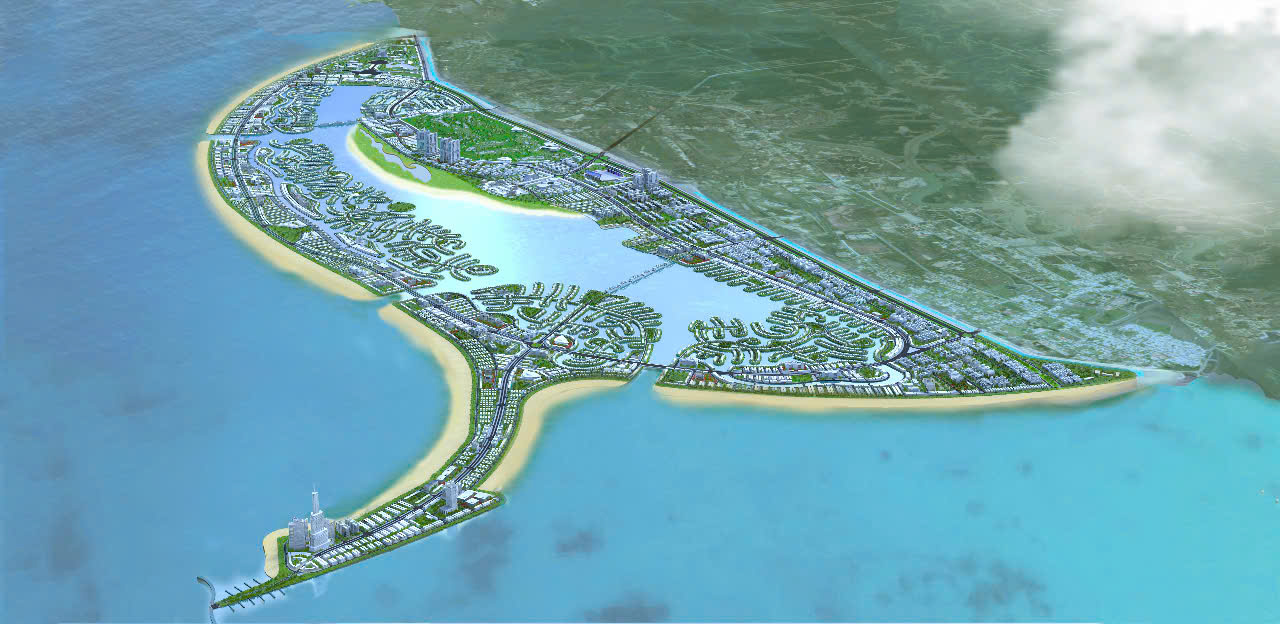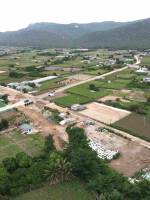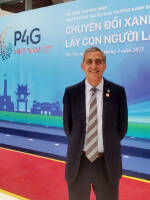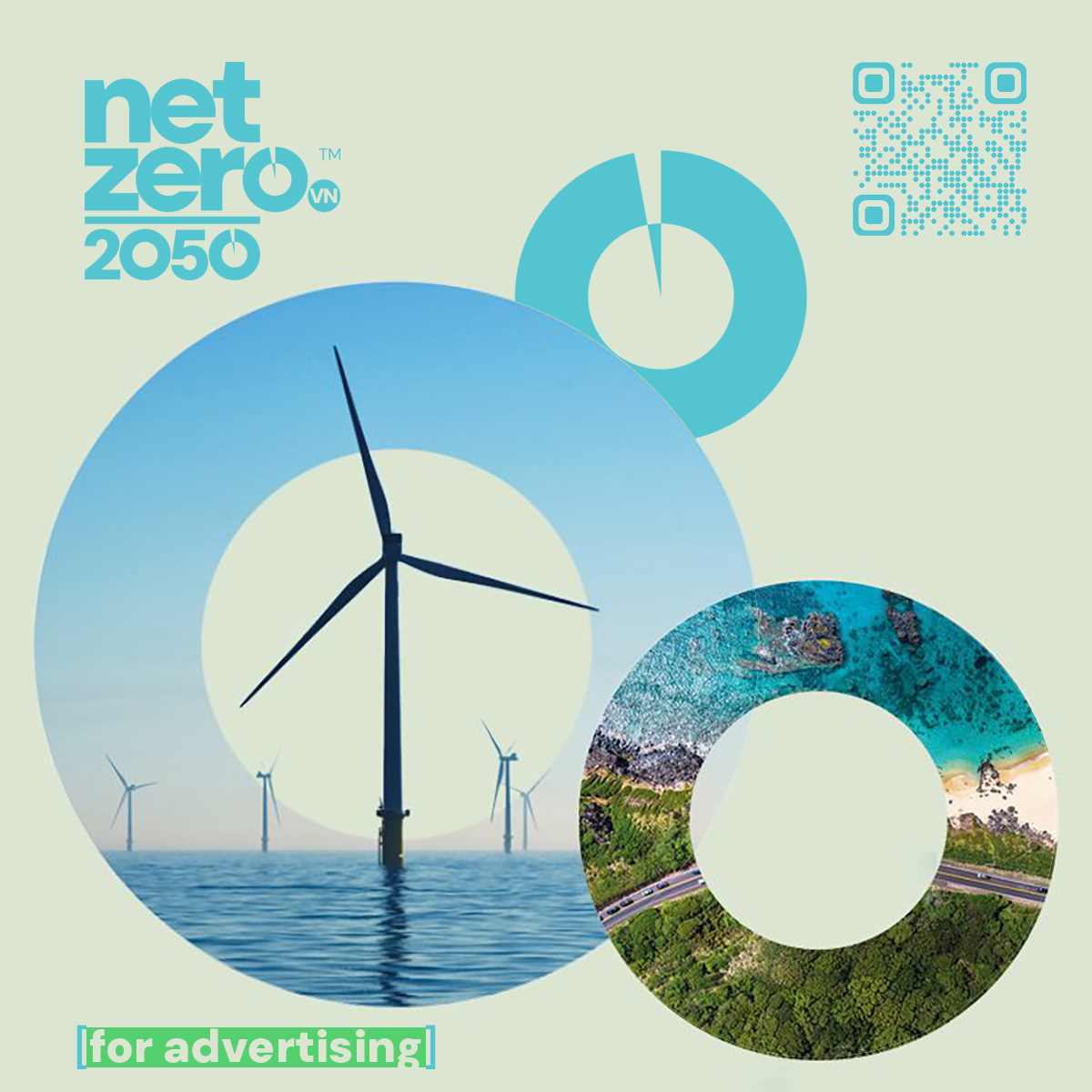
Work began on Saturday on a massive land reclamation project in Cần Giờ District, some 50 km away from downtown HCM City.
Spanning over 2,870 hectares, the Cần Giờ Coastal Urban Tourism Area is set to accommodate some 230,000 residents.
Covering Long Hoà Commune and Cần Thạnh Town, the project will include luxury resorts, convention centres, smart city zones, high-tech service hubs, residential housing, and hotels, designed to attract some nine million visitors each year.
A standout feature of the project is an iconic landmark complex, comprising a striking commercial centre and a towering 108-story skyscraper.
The land reclamation, invested in by Vingroup, one of Việt Nam’s leading real estate firms, will cover over 1,357 hectares and is categorised as a Group A (large-scale) project, planned for a 50-year operational timeline.
Of the total area, 838 hectares are designated for commercial housing, with an additional 102 hectares allocated for social housing to accommodate up to 54,000 residents.
The Cần Giờ Urban Tourism Joint Stock Company, part of Vingroup, is spearheading this development, with a total investment exceeding VNĐ64.425 trillion (US$2.6 billion).
The developers aim to ensure that environmental protection measures are strictly followed, as outlined in the approved environmental impact assessment report.
The project is designed with a strong focus on Environmental, Social, and Governance (ESG) principles, including the integration of renewable energy sources from offshore wind.
The project is set to be completed by 2031.
To improve connectivity, Vingroup has proposed developing a 48.5-km metro line to link the area with Nguyễn Văn Linh Boulevard in District 7.
Eco-tourism potential
HCM City has recently outlined plans to transform Cần Giờ District into an ecological urban area as part of broader efforts to enhance urbanisation and improve the quality of life for its residents.
With a coastline stretching 13 kilometres and an extensive mangrove forest interwoven with a complex network of rivers, canals, and diverse flora and fauna, Cần Giờ possesses substantial potential for the development of eco-tourism, community-based tourism, and resort tourism, as noted by experts in the field.
Situated 50 kilometres from the city centre, Cần Giờ covers an area exceeding 70,412 hectares, of which more than 33,000 hectares consist of mangrove forests.
The Cần Giờ Mangrove Forest was designated as a biosphere reserve by UNESCO in 2000, and its salt-making villages, swallow nest areas, seafood and fruit gardens serve as attractive tourist destinations.
Although tourism development in Cần Giờ has progressed slowly due to limited access via ferry, the proposed construction of new bridges linking the district to the rest of the city is expected to enhance accessibility significantly.
Recently, the district has experienced an average annual increase of 50 per cent in visitor numbers, with the project targeting 8.9 million tourists annually.
It’s the only coastal area within HCM City and boasts several tourist attractions, including Monkey Island, Hàng Dương Seafood Market, the Vàm Sát Ecological Tourist Area, and Rừng Sác (Sác Forest).
Cần Giờ is also renowned for its annual Nghinh Ông (Whale Worshipping) Festival recognised as a National Intangible Cultural Heritage by the Ministry of Culture, Sports and Tourism.
Cần Giờ mangroves play a crucial role in filtering grey water from upstream sources and regulating flood flows, experts said.
(VNS)




